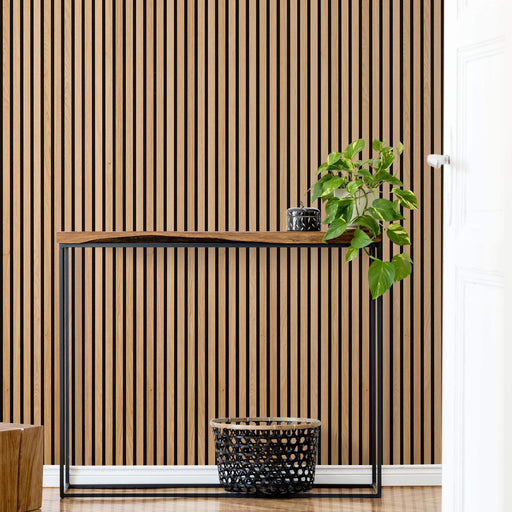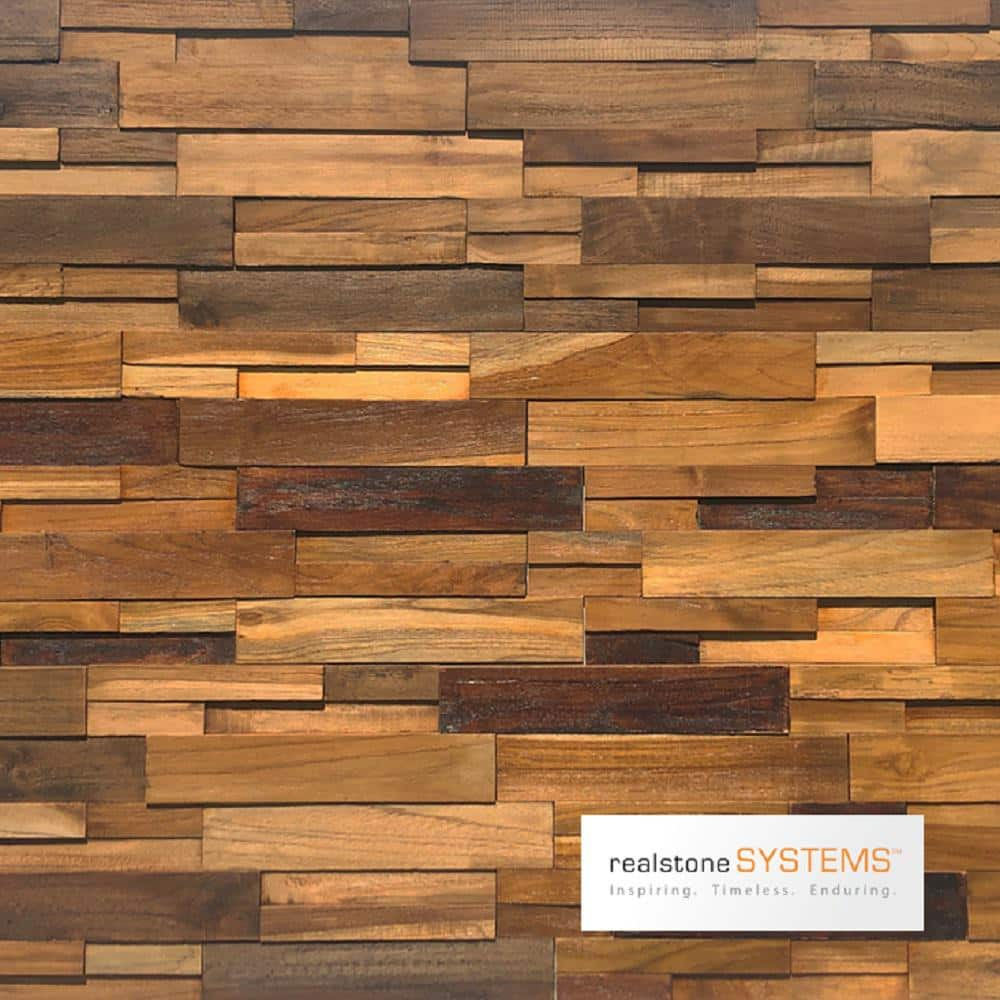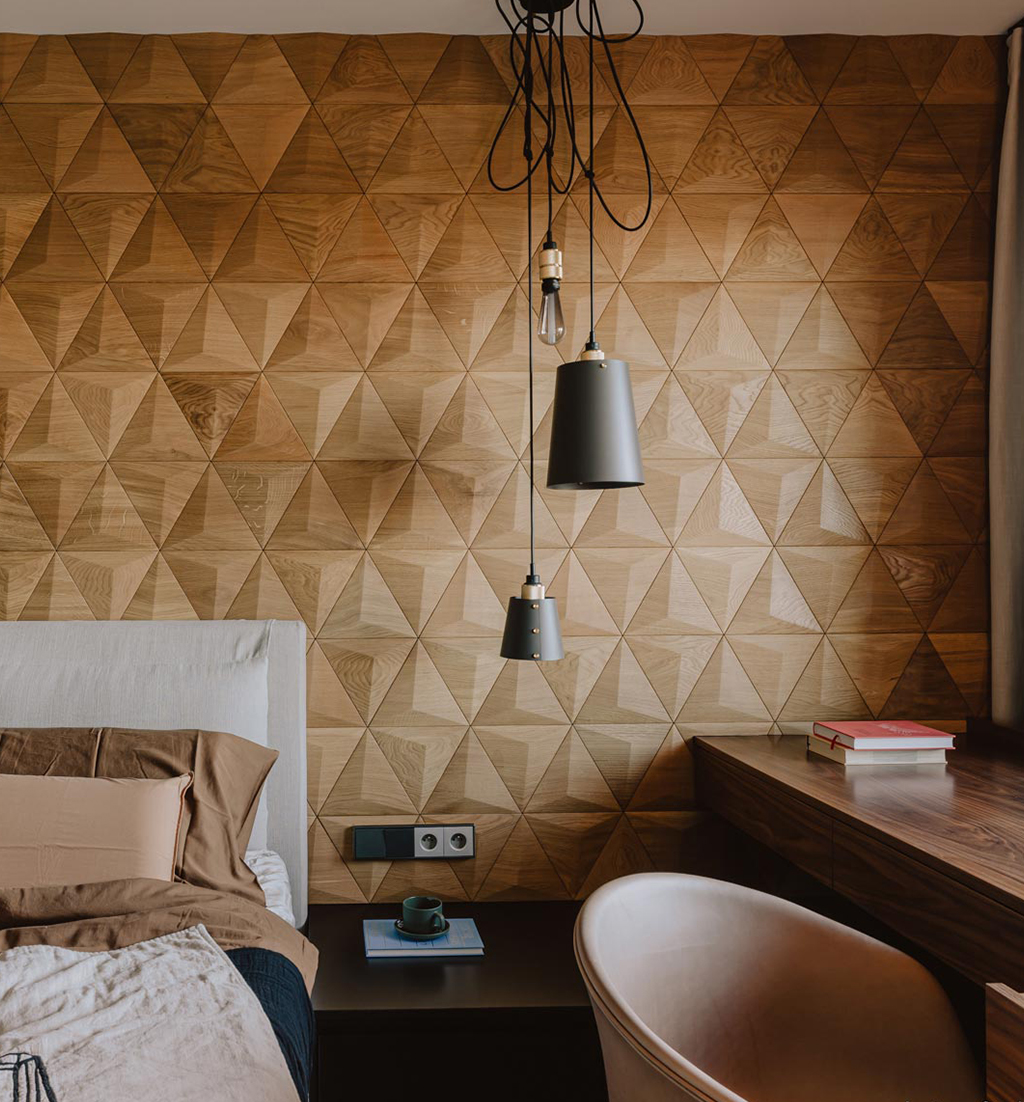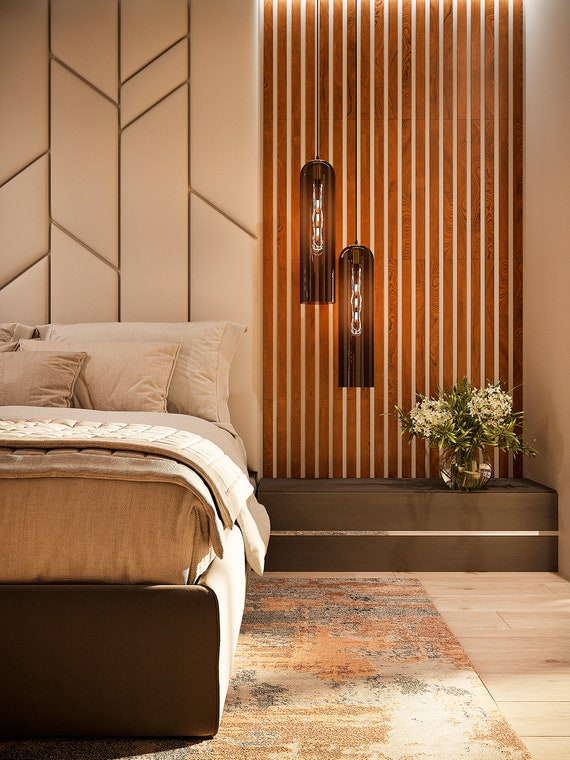Decorative wood for walls has become a popular choice among homeowners and designers alike, thanks to its ability to bring warmth and character to any room. Whether you’re looking for a rustic vibe or a modern twist, wood panels can elevate your interior design, making your spaces feel inviting and stylish. In this article, I’ll share my personal experiences, tips, and everything you need to know about decorative wood, ensuring your project turns into a masterpiece.
What is Decorative Wood for Walls?
Decorative wood for walls encompasses a variety of wooden materials designed to enhance interior spaces. From plywood panels to reclaimed barn wood, the options are vast and varied. The main appeal lies in their aesthetic versatility and durability, making them an excellent choice for homeowners looking to add a personal touch to their environments.
Types of Decorative Wood
| Type of Wood | Characteristics | Ideal Use |
|---|---|---|
| Reclaimed Wood | Unique textures and colors, eco-friendly | Accent walls, rustic themes |
| Plywood Panels | Cost-effective, versatile, smooth finish | Modern designs, DIY projects |
| Wood Veneer | Thin layer of real wood over a substrate | Budget-friendly, high-end look |
| Shiplap | Horizontal boards with a gap, adds depth | Farmhouse style, living rooms |
| Wood Panels | Various styles, easy to install | Commercial and residential |

Benefits of Using Decorative Wood for Walls
Choosing decorative wood for your walls comes with several advantages. Below are some of the key benefits that I’ve experienced firsthand:

- Warmth and Character: Wood adds a natural element to your space, creating a cozy atmosphere.
- Insulation: Wood panels can provide additional insulation, keeping your home energy-efficient.
- Sound Absorption: Wood acts as a sound barrier, reducing echoes and noise levels in your home.
- Versatility: Perfect for various design styles, from rustic to contemporary.
- Easy to Maintain: Most wood panels require minimal upkeep and can be easily cleaned.
Personal Experience: My Wood Wall Journey

When I first decided to install decorative wood on my living room wall, I was both excited and nervous. I spent hours researching various types of wood, and ultimately settled on reclaimed wood for its unique story and rustic charm. The installation was smoother than I anticipated; I followed online tutorials, and the end result was stunning. My friends and family were in awe, and I felt accomplished that I had added a personal touch to my home.
How to Choose the Right Decorative Wood for Your Space

Selecting the perfect decorative wood can be overwhelming. Here are some factors to consider:
1. Style and Aesthetic

Decide on the overall theme of your space. Do you want a rustic feel or a modern twist? Your style will determine the type of wood you should choose. For instance, reclaimed wood suits traditional designs, while sleek plywood works best in contemporary settings.
2. Color and Finish

Consider the color palette of your existing décor. Lighter woods like pine can open up the space, while darker woods like walnut add richness. Don’t shy away from finishes—stained, painted, or left natural, each can dramatically change the look.
3. Durability and Maintenance

Think about how much wear and tear your walls will endure. Hardwoods like oak or maple are more durable than softwoods like pine, making them better suited for high-traffic areas. Some finishes also offer additional protection against scratches and marks.
4. Budget
Decorative wood can vary significantly in price. Set a budget before you start shopping and consider the long-term value of your investment. Often, higher-quality wood may cost more upfront but save you money on replacements or repairs later.
5. Installation Method
Lastly, consider how you plan to install the panels. Some wood options come with simple adhesive backing, while others may require nails or screws. If you’re not confident in your handyman skills, it might be worth hiring a professional.
Installation Tips for Decorative Wood Walls
Installing decorative wood can seem daunting, but with the right tips, you can achieve a professional finish.
Tools and Materials Needed
- Wood panels
- Measuring tape
- Level
- Stud finder
- Adhesive or nails
- Saw (if trimming is necessary)
- Caulk and paint (for finishing touches)
Step-by-Step Installation Process
- Measure the Area: Carefully measure your wall to determine how many panels you’ll need.
- Locate the Studs: Use a stud finder to locate the wall studs, as this will be where you secure your panels.
- Cut Panels to Size: If needed, cut the wood panels to fit your wall space.
- Apply Adhesive or Nail Panels: Depending on your installation method, apply adhesive to the back or secure with nails.
- Install Panels: Start from one corner and work your way across, ensuring each panel is level and aligned.
- Finish Edges: Use caulk to fill any gaps and paint if necessary for a polished look.
Maintenance of Decorative Wood Walls
Just like any addition to your home, wood walls require maintenance to keep them looking their best. Here are some tips I’ve found useful for keeping my wood walls in top condition:
Regular Cleaning
Dust and dirt can accumulate on wood surfaces, so regular cleaning is essential. Use a soft, dry cloth for day-to-day cleaning, and a damp cloth for deeper cleans. Be careful not to saturate the wood to prevent warping.
Repair Scratches and Dents
Over time, scratches may occur. A simple wood filler can help restore the surface. For deeper scratches, sanding and refinishing may be necessary. For a seamless look, always test in an inconspicuous area first.
Humidity Control
Wood is sensitive to moisture. Consider using a humidifier or dehumidifier in your space to keep the humidity levels stable. This helps prevent cracking and warping over time.
Comparing Decorative Wood Options
To help you make an informed choice, here’s a comparison of popular decorative wood types:
| Wood Type | Cost | Durability | Maintenance Level | Eco-Friendly |
|---|---|---|---|---|
| Reclaimed Wood | High | Very High | Low | Yes |
| Plywood Panels | Low to Medium | Medium | Low | Sometimes |
| Wood Veneer | Medium | Medium | Medium | Depends |
| Shiplap | Medium | High | Low | Varies |
| Wood Panels | Medium | Medium | Low | Varies |
Decorative Wood for Walls: FAQs
1. How long does decorative wood last?
With proper care, decorative wood can last for decades. Reclaimed wood often holds its beauty and integrity even longer due to its durability.
2. Can I install decorative wood myself?
Yes! Many homeowners opt for DIY installations. With the right tools and resources, it can be a rewarding project. Just ensure you follow safety precautions and take your time for the best results.
3. Is decorative wood suitable for bathrooms?
While it’s possible to use wood in bathrooms, it’s vital to select moisture-resistant types and apply appropriate finishes to prevent water damage.
4. How do I choose the best wood for my climate?
In humid climates, opt for hardwoods that can withstand moisture. In dry areas, look for woods treated to resist cracking.
5. Can decorative wood increase home value?
Yes! Quality wood installations can enhance your home’s aesthetic, potentially increasing its value and appeal to prospective buyers.
Conclusion: Elevate Your Space with Decorative Wood
Decorative wood for walls is a versatile and stylish option for enhancing your home’s interior. With a variety of types and styles to choose from, you can create a unique atmosphere that reflects your personality. Whether you decide to go the DIY route or enlist a professional, the end result is sure to impress. I hope this comprehensive guide helps you on your journey to transform your space. Happy decorating!